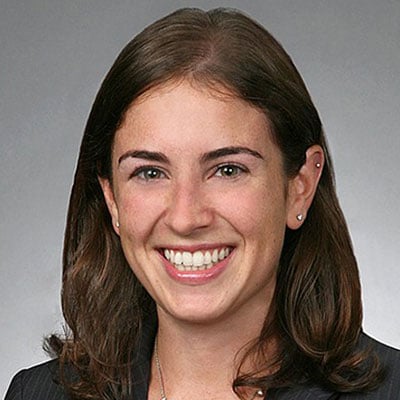IRS to Use AI to Select Partnerships for Audit by Month-End
The IRS announced on September 8, 2023, a “major expansion in high-income/high wealth and partnership compliance work.” Detailed below are important steps that every large entity taxed as a partnership (including most private equity and hedge fund management companies and the funds that they manage) should consider taking now to prepare for this IRS initiative.
The IRS committed in its announcement to open new audits of 75 of the largest partnerships in the U.S. by the end of September. It defined the group of partnerships that it plans to target as having, on average, $10 billion or more in assets. The IRS touted its use of machine learning to select the partnerships it will audit and to identify issues for audit in the areas of partnership tax, general income tax and accounting, and international tax. In addition, the IRS committed to target for scrutiny 500 more partnerships beginning in October based on any discrepancies between the year-end asset balance reported for one year and the beginning asset balance reported for the following year.
The IRS has been criticized in recent years (including by the Treasury Inspector General for Tax Administration) for its generally low audit rate of partnership tax returns and for the large proportion of partnership audits that end with no change to the taxpayer’s reported position. In response, the IRS has committed not only to audit more partnerships but also to improve case-selection tools to avoid burdening taxpayers with needless “no-change” audits. As a result, those partnerships that are selected for audit may find that IRS audit teams are less receptive than they have historically been to closing partnership audits quickly and without proposing significant changes to the reported positions.
Given how rare partnerships audits have been for the last few years, many people may be unaware that the Bipartisan Budget Act of 2015 (BBA) created a new centralized partnership audit regime that generally went into effect for tax years beginning in 2018. The new regime — colloquially referred to as the “BBA procedures” — is much more onerous for taxpayers than the decades-old rules under the Tax Equity and Fiscal Responsibility Act of 1982 (TEFRA). The BBA procedures were designed to shift much of the burden of partnership audit administration from the IRS to taxpayers. Both the partnerships and the IRS audit teams are still learning all of the intricacies of the new rules, which are counterintuitive and contain numerous traps for the unwary.
There are several steps that every large partnership should consider taking now to prepare for these new audits, which are likely to focus (for calendar year taxpayers) on tax years 2020 and 2021:
- Ensure any audit notice will be routed to the appropriate person. The audit notice will arrive via snail mail, and it will generally be sent to the address listed on the partnership’s tax return for the year under audit. This may seem obvious, but we have recent experience with CFOs and tax directors not receiving important IRS correspondence because (a) the individual to whom the notice was routed is working remotely and does not check snail mail, (b) the taxpayer has moved offices since the return was filed without updating the address with the IRS, and (c) the individual who received the IRS correspondence discarded it as junk mail.
- Identify who was designated as the partnership representative. For the last several years, the BBA procedures have required each partnership to identify a “partnership representative” (and, if that representative is an entity, a “designated individual” for the IRS to interact with) on each partnership tax return. The BBA procedures grant this individual near-total authority to interact with the IRS and bind the partnership, and importantly, they generally do not permit partnerships to change their partnership representative until they are selected for audit.
We are aware of numerous instances in which individual partnership representatives were not told that they were receiving that designation and of other instances in which they have forgotten. The partnership representative may also have retired, taken a new job or been fired. All partnerships should consider taking this opportunity to (a) review the list of historic partnership representative designations, (b) remind any individual so designated, and (c) assess whether the partnership representative needs to be changed if the partnership is selected for audit.
- Assess whether there are known issues on filed returns. Under the BBA procedures, partnerships cannot file amended returns and issue amended K-1s. Instead, partnerships seeking to amend their returns must file an administrative adjustment request (AAR). There are numerous complex considerations to take into account regarding whether to file an AAR, including whether an AAR filing may mitigate penalty exposure and the fact that the filing of an AAR extends the statute of limitations (unlike, in most instances, the filing of an amended return). Given the IRS announcement, each partnership should also pay particular attention to whether there are any discrepancies between the year-end asset balance in one year’s return and the beginning asset balance in the next year’s return.
- Contact tax disputes counsel if selected for audit. The IRS’s use of machine learning to select partnerships and issues for audit suggests that the audit team assigned to the audit may begin the audit with a belief that significant changes should be made to the taxpayer’s return. Partnerships would be well advised to involve experienced tax disputes counsel, either to interact directly with the IRS or to advise in the background, in the event that the partnership is selected for audit.









